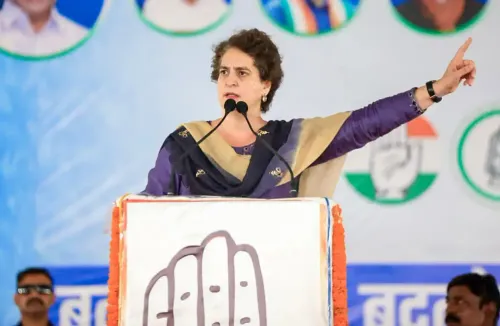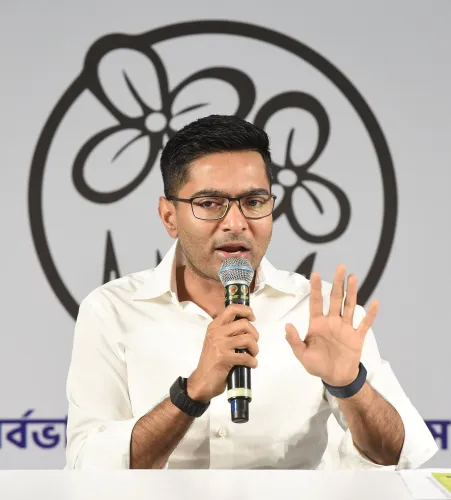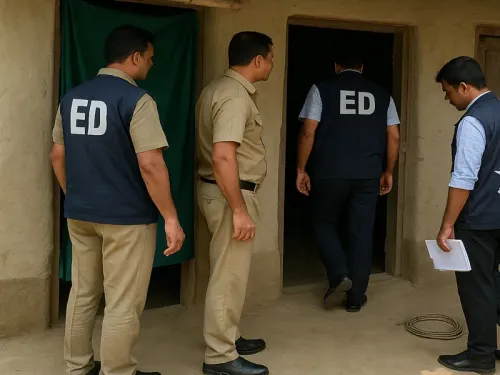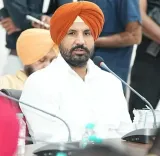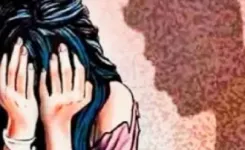Is Nepal Facing Continued Unrest as the Army Attempts to Control Violence?
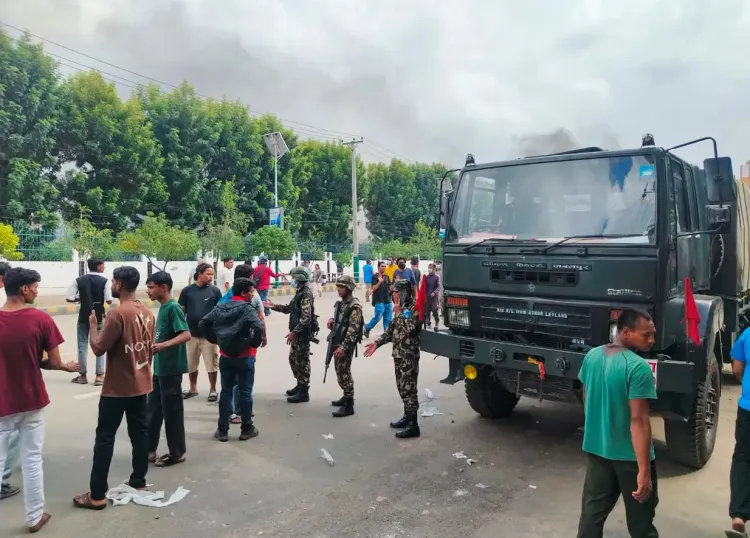
Synopsis
Key Takeaways
- Nationwide curfew imposed by the Army.
- Youth protests demanding accountability and leadership change.
- Significant damage to public and cultural sites.
- Casualties reported amid escalating violence.
- Political uncertainty following the resignation of Prime Minister Oli.
New Delhi, Sep 10 (NationPress) Nepal has been engulfed in extensive violence as of Wednesday, with lingering uncertainty regarding the establishment of an interim government.
In a bid to curb the escalating violence, the Army has initiated a nationwide curfew starting at 5 pm on Wednesday and lasting until 6 am Thursday, allowing only essential services after conferring with local authorities.
On a brighter note, reports indicate that Gen Z volunteers in Kirtipur took to the streets early Wednesday morning for a cleanup initiative, a part of the youth's online campaign for a cleaner environment.
Later in the day, youth demonstrators, referring to their actions as a Gen Z protest, suggested the name of former Chief Justice Sushika Karki as the prospective leader of the interim government during a virtual meeting.
Thousands of young protestors are said to have participated online, according to various reports.
Prior to this, Kathmandu Mayor Balendra Shah, known as Balen, was favored by Gen Z protestors for the leadership position. Balen is an engineer who transitioned into a rapper and then politics.
Other potential candidates include Harka Raj Rai, the Mayor of Dharan, renowned engineer Kulman Ghising, and former minister Sumana Shrestha, as reported by Naagrik newspaper.
Meanwhile, significant damage occurred to the parliament, Hilton Hotel, Supreme Court, and numerous government buildings and political party offices, resulting in them being vandalized and set ablaze.
Reports indicate that inmates escaped from Rajbiraj prison in Saptari district, adjacent to Bihar, after starting a fire within the facility on Wednesday afternoon.
In Parsa, near the Bihar border, tensions at Birgunj prison dissipated after an hour of unrest on Wednesday, as reported by the Kathmandu Post. Inmates attempted to escape by drilling a large hole in the southern wall of the facility.
Prison chief Khemraj Bhusal informed the newspaper that security personnel worked tirelessly to regain control of the situation. The Nepal Police, Armed Police Force, and Nepali Army fired over ten rounds of aerial shots and deployed tear gas to disperse the unrest.
Protesters also targeted media organizations, setting fire to the Kantipur TV media group's headquarters and vandalizing other press properties.
There are reports of substantial damage to public structures and cultural sites, raising concerns about long-term cultural and economic impacts if order is not quickly restored.
“Kantipur’s building was attacked today (Tues) and set on fire. Consequently, our servers are down, so we are sharing all our reports and updates on our social media platforms. Thank you for your continued support,” posted the Kathmandu Post on X (formerly Twitter).
As per updates, officials from Nepal’s Ministry of Health and Population have confirmed that 30 individuals have lost their lives and 1,033 others have been injured amid the Gen Z-led protests occurring on Monday and Tuesday.
Notably, a building of the Ministry, designed by the acclaimed American architect Louis I Kahn, was also damaged after protesters ignited a fire on Tuesday.
India has heightened security at its borders and advised its citizens in Nepal to refrain from travel and remain indoors.
Violence erupted on Monday, with tens of thousands of youths protesting against the Oli government’s prohibition of 26 social media platforms.
The youth were utilizing these platforms to post messages alleging corruption, nepotism, and adverse economic conditions under the Oli regime. Despite the ban being lifted, the violence persisted.
Since late Tuesday, the Nepal Army has been overseeing security operations, including at Tribhuvan International Airport and Singha Durbar in Kathmandu.
Constructed in 1908, Singha Durbar (Lion's Court) is a palace located in central Kathmandu, housing government buildings and several ministries.
The main structure has been damaged during the ongoing Gen Z protests, alongside the Office of the Prime Minister and Council of Ministers.
Amid escalating unrest and political isolation, Prime Minister K P Sharma Oli resigned on Tuesday evening. Following his resignation, the Himalayan nation has been left without a government, with the army currently in command.

